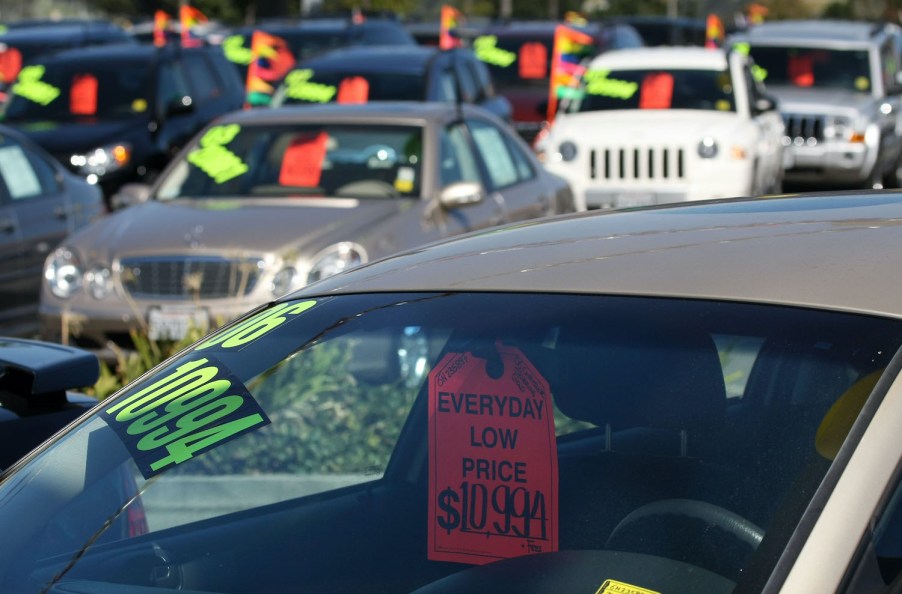
6 Things You Should Be Doing During a Used Car Test Drive
Your current car is on the outs. You’ve decided to scoop up a used car, and have since done your research, narrowed down your list, and have honed in on what might be the perfect used car for you. Now it’s time to get behind the wheel of that used car and take it out for a test drive.
Why you shouldn’t skip test driving a used car
Would you buy any car, new or used, without test driving it first? Probably not. But getting behind the wheel for a test drive is the best and most effective way to find out if a car is the right fit for you.
The same can be said for buying a used car. Taking it out for a spin before signing along the dotted line allows you to understand how the car drives, whether or not you actually enjoy driving it, and if the vehicle has any lingering issues that you should know about.
Test drive tip #1: Do your research
Before scheduling a test drive, make sure you do your research. Have an understanding of the used car model you’re looking at, and be prepared to ask plenty of questions.
Research the price of the car too. Check to see how close it is to its ‘blue book’ value. According to Autobytel, a much higher price should strike you as unrealistic, while a much lower price should make you question whether or not the car has any issues.
Test drive tip #2: Ask a lot of questions
We said it before, and we’ll say it again. When it comes to test driving a used car, you should be asking the owner a lot of questions. You want to buy a used car from someone that you trust. By asking questions about the vehicle, you’ll get a sense of what ownership is like and why the owner is getting rid of the car. Some important questions to ask:
- Why are you selling the car?
- How long have you owned the car?
- Has the car ever been involved in an accident?
- How often do you change the car’s oil?
- Where do you get the car serviced?
- Do you have the car’s service records?
- Do you have the title? Is it a clean title?
- Does the car currently have any issues?
Test drive tip #3: Listen closely
Before leaving the parking lot, turn off the car’s radio and climate control. Roll up all of the windows too. Does the car make any unusual noises? Autotrader says, “Odds are any sound that catches your attention will be costly to repair, and that’s where a mechanic’s opinion could prove valuable.”
Test drive tip #4: Start with low speeds first
Now is not the time to see how fast the used car you’re test driving can move from zero to 60 mph. Instead, start your test drive at a nice, low speed. Get an understanding of how well the car steers, how the brakes work, etc. Once you’re satisfied, try the car at highway speeds, and be on the lookout for any balance or alignment issues. Continue listening for any unexpected noises too.
Test drive tip #5: Look for clues
Test drives are the ideal time to play detective. Look out for any clues that something with the used car might be amiss. Are there any unusual dents? Glaring scratches? Is there smoke coming from the car? Keep an eye out for clues that something might be wrong with the car.
Test drive tip #6: Test everything
This is your chance to push every button, pull every lever, and explore every nook and cranny. Hit the lock and unlock buttons repeatedly, test out the used car’s climate control functions, try out various radio functions. And if you’re not confident in your test driving abilities? Consider enlisting the help of an actual mechanic.
Test driving a used car doesn’t have to be stressful
While test driving a used car might leave you shaking in your boots, it shouldn’t. As long as you do your research, are comfortable asking questions, and understand what you’re looking for in a used car, test driving a used car shouldn’t be all that stressful.



